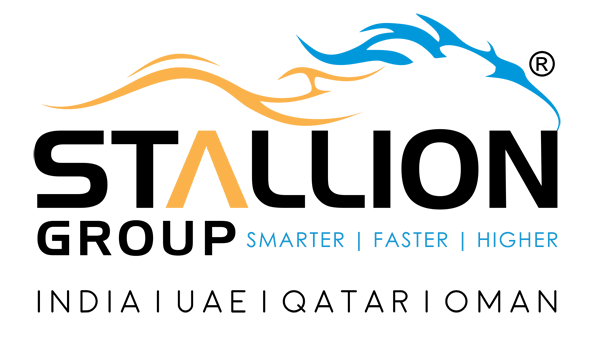Direct Print Marking Solution
Direct Print Marking Solution is one of the most sought-after solutions in the market, especially in the manufacturing industries. It includes products such as Laser Marking and Inkjet Printing. These products are used by manufacturers to directly print on the product such as barcodes, serial number, QR codes etc.
Picking the correct part marking innovation is turning out to be increasingly more significant in assembling, in light of a developing want among unique equipment makers to follow items over their total lifecycle. The general deduction among makers is that support to-grave discernibility will improve item quality, guarantee that providers satisfy quality guidelines, avert part duplicating, and limit part reviews.
Every one of the signs marking advancements — which incorporate laser marking and inkjet — accompanies its arrangement of focal points and weaknesses. Makers should choose the best procedure for a specific part dependent on such factors as material kind, part work, part geometry, surface completion/unpleasantness, mark quality, mark measurement/part size, mark serialization, and covering thickness.
When all is said in done, laser checking offers numerous advantages for direct part marking, because it is quicker and increasingly changeless, has a minimal effort of proprietorship, utilizes no consumables, and doesn’t require any further procedures to guarantee mark toughness. Inkjet printing is utilized as a blemish on-the-fly innovation where the part should be moving; commonly, mark quality and imprint adaptability are poor and the imprint is non-lasting.
Direct Part Marking Becomes the Norm
Numerous makers have just moved to coordinate part checking (DPM), which for all time denotes the parts with a sequential code, having discovered that the customary non-direct part marking systems (like stickers) don’t take into consideration full life cycle following. DPM is utilized generally by restorative producers to encourage dependable part distinguishing proof. The part data might be as comprehensible alphanumerics and standardized tag or Data-Matrix codes.
Besides the business points of interest of part following and discernibility, another key driver of the development towards DPM is the ordered necessity for remarkable ID.
Marking Technology Pros And Cons
- Inkjet Marking
Inkjet marking is an on-the-fly, non-contact checking process, achieved by constraining pressurized ink through a spout. There are two inkjet framework types, drop on demand (DOD) and continuous inkjet (CIJ). In either case, the part should be moving to make an imprint.
DOD makes an imprint with a variety of spouts that store a speck on the material without directing. The separating of the spouts and size of the exhibits administers goals and imprint size.
CIJ makes marks utilizing charged ink beads that are redirected opposite to the part development bearing to make characters. Columns of ink beads are applied to the item, framing a dab framework character as the part moves past the spout. Character height (start to finish) is controlled by applying a voltage to every individual drop, which redirects drops to the proper situation along the Y-hub. The printer’s stroke rate and the line speed of the moving item decide the character’s width (X-hub).
- Laser Marking
Laser denoting, a quick and clean marking innovation, is quickly uprooting and supplanting more established item checking innovation. Simple and adaptable computerization, improved ecological profile, and ease of proprietorship add to the advantages of the innovation.
A few significant lasers marking decisions are accessible, everyone with explicit checking attributes that adjust best to specific materials and applications. Laser decisions incorporate ytterbium-doped fibre (Yb: fibre), neodymium vanadate (Nd: YVO4), green (532 nm), bright (UV), and carbon dioxide (CO2). What’s more, neodymium-doped yttrium aluminium garnet (Nd: YAG) is a more established innovation that is as yet being utilized in the powerful market, however, has to a great extent been supplanted by one of the others recorded.
Each marking framework has a similar fundamental structure Neodymium: vanadate — the laser is controlled by mirrors mounted onto galvo engines to create the imprint. Each mirror moves along a solitary hub. These galvos moves amazingly rapidly with next to no inactivity thus can compose marks at high speeds. The pillar is engaged utilizing an F-Theta focal point that delivers a concentration over the imprint plane.
Every strategy talked about has an assortment of advantages and disadvantages, laser checking is the most adaptable of the DPM strategies, with benefits including predominant lasting imprint quality; profoundly adaptable imprints that can join content, designs, logos and information codes; and a wide scope of markable materials. Also, laser checking is a fast procedure that is effectively coordinated into the assembling line. Security is upgraded because laser marking is a non-contact process with great standoff separation, and the absence of synthetic compounds makes it ecologically best.
